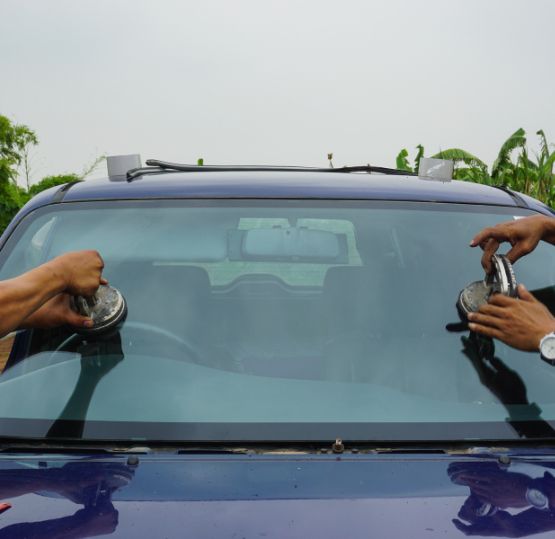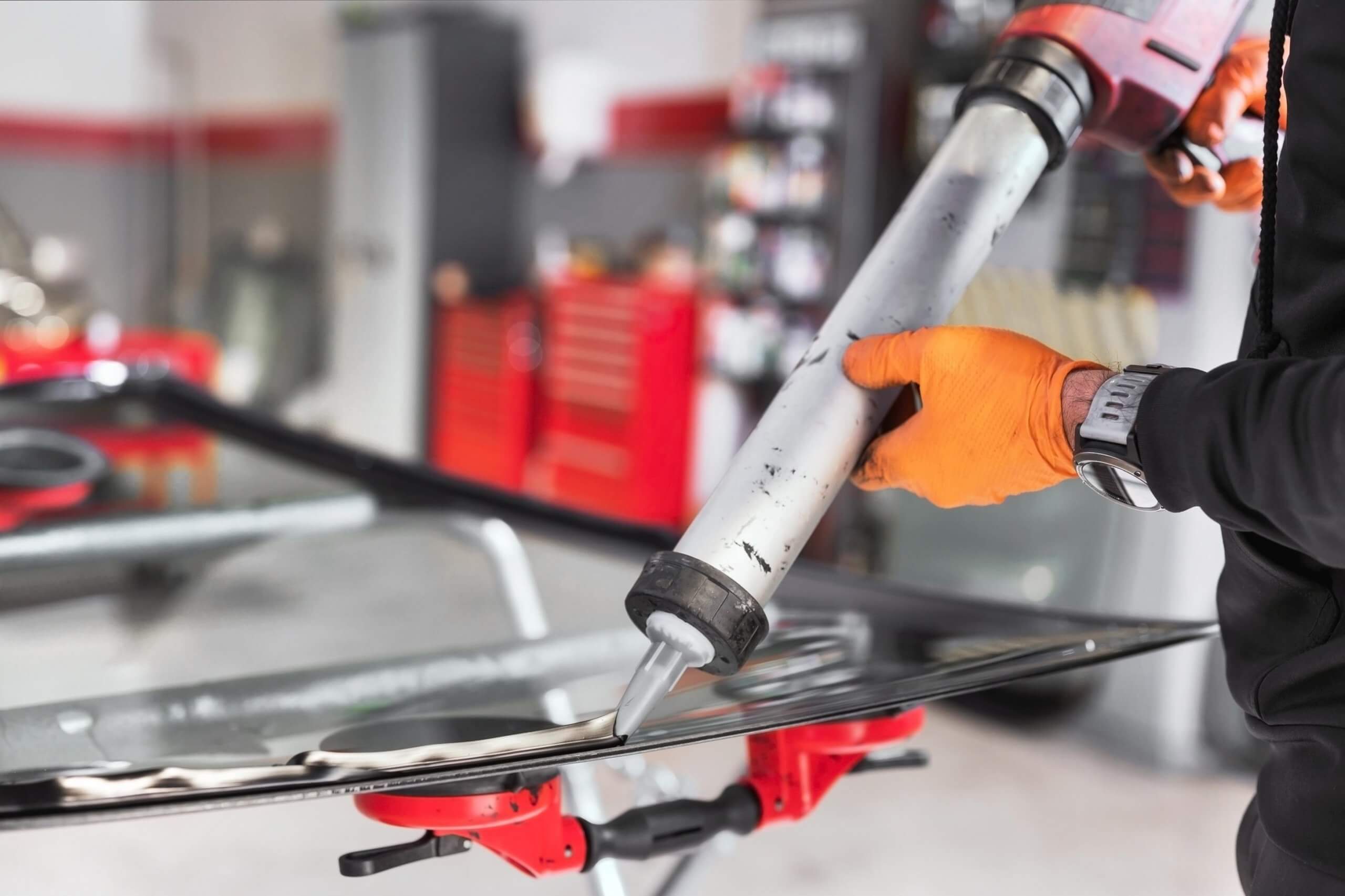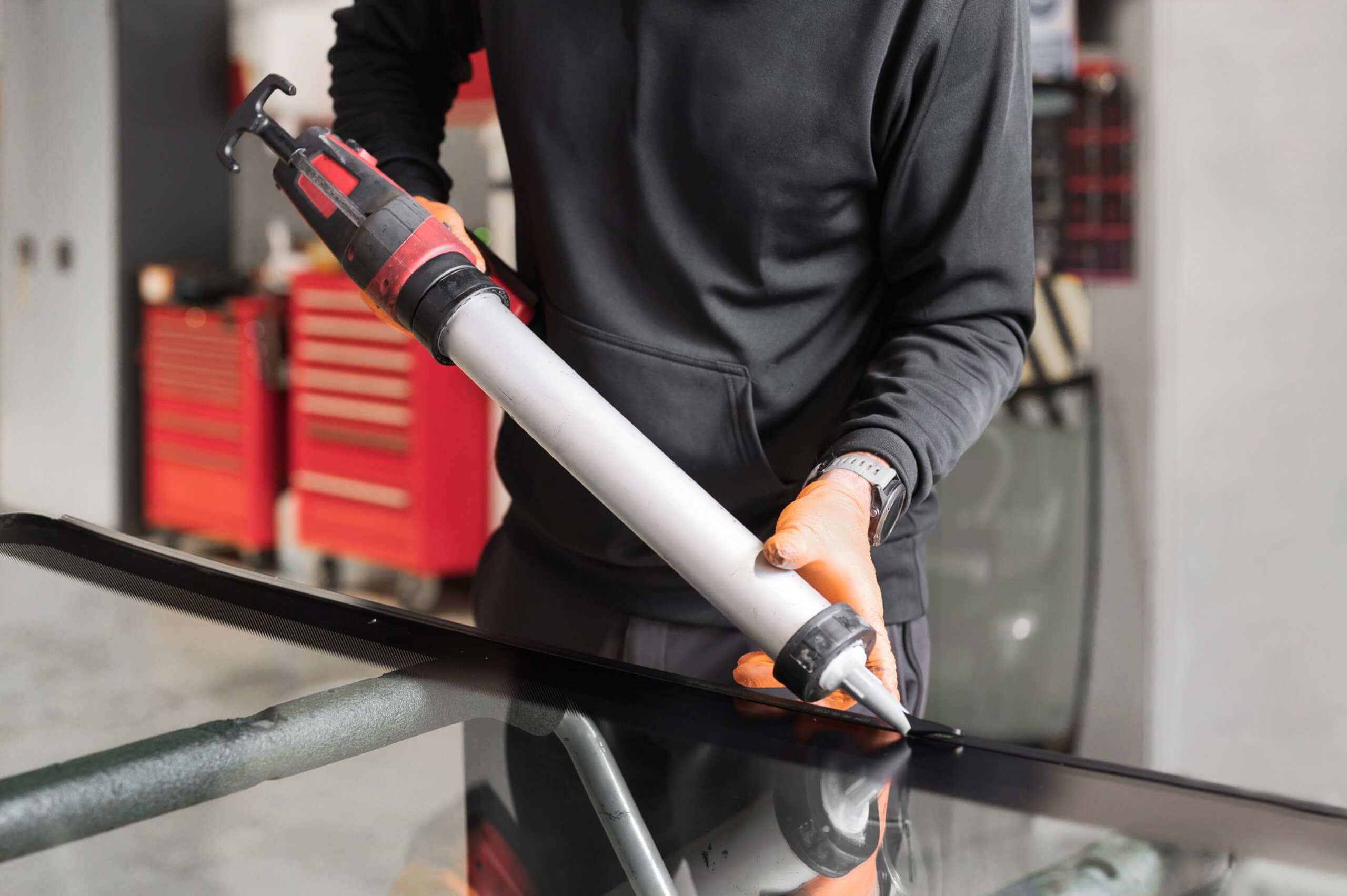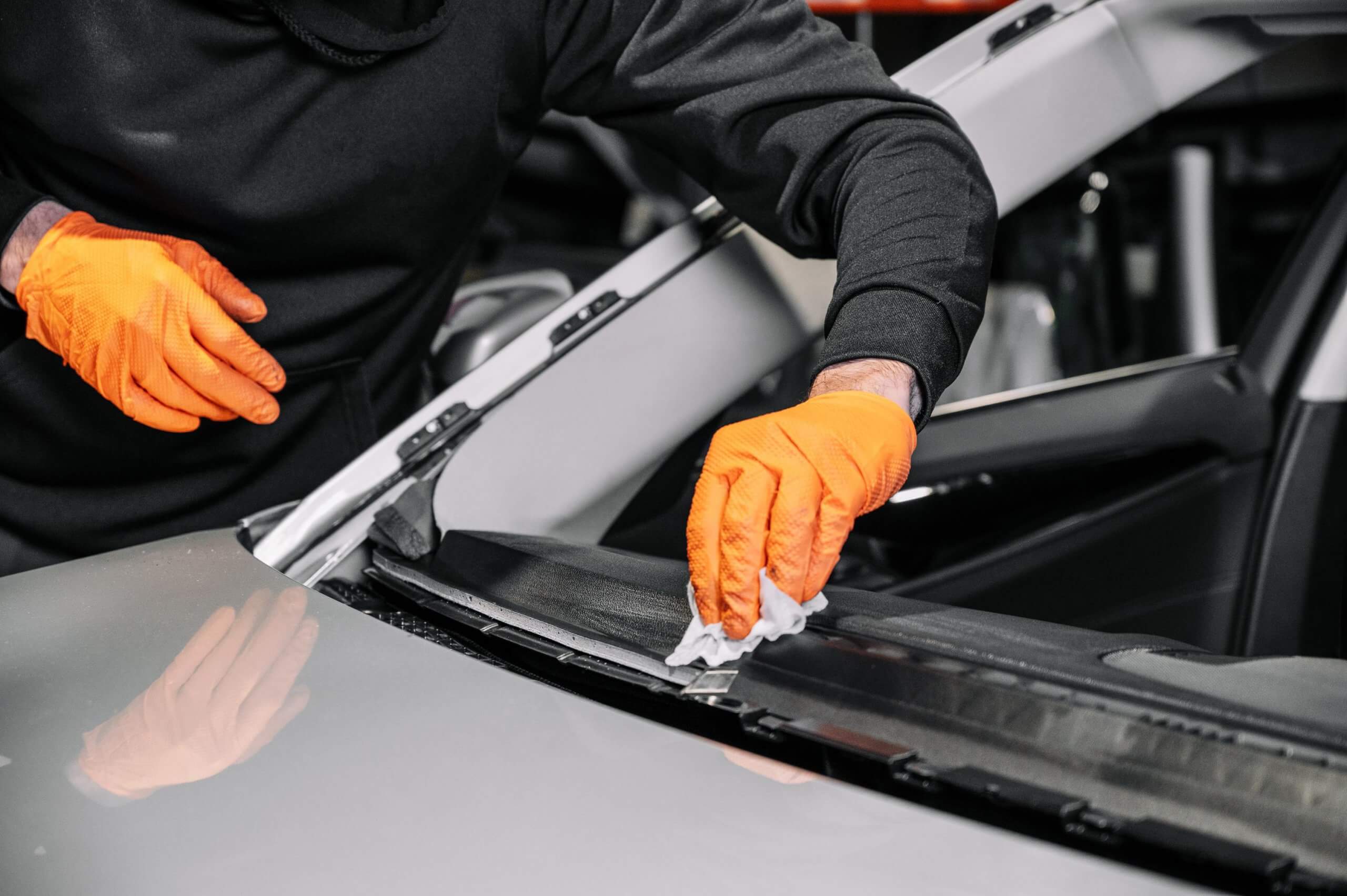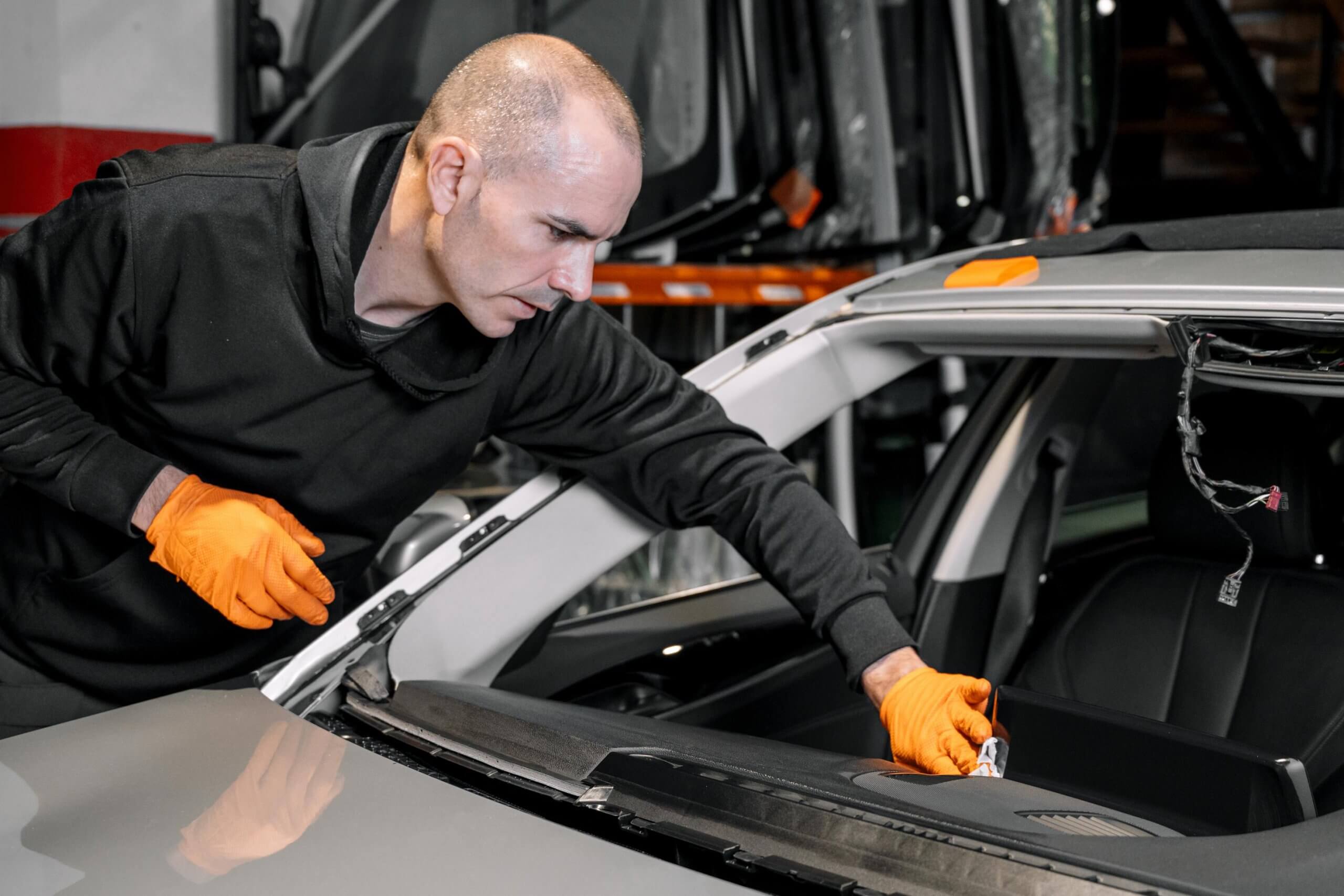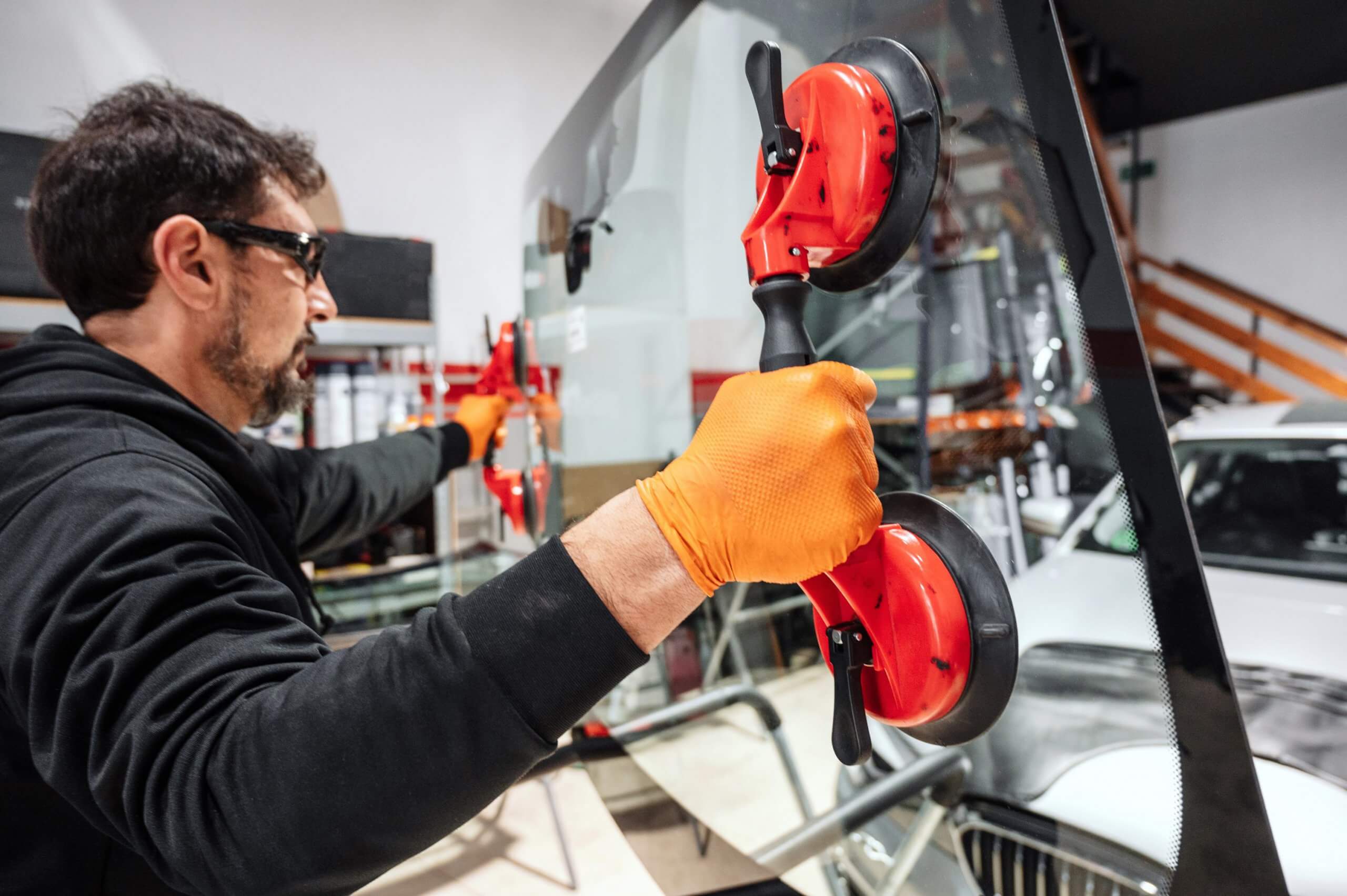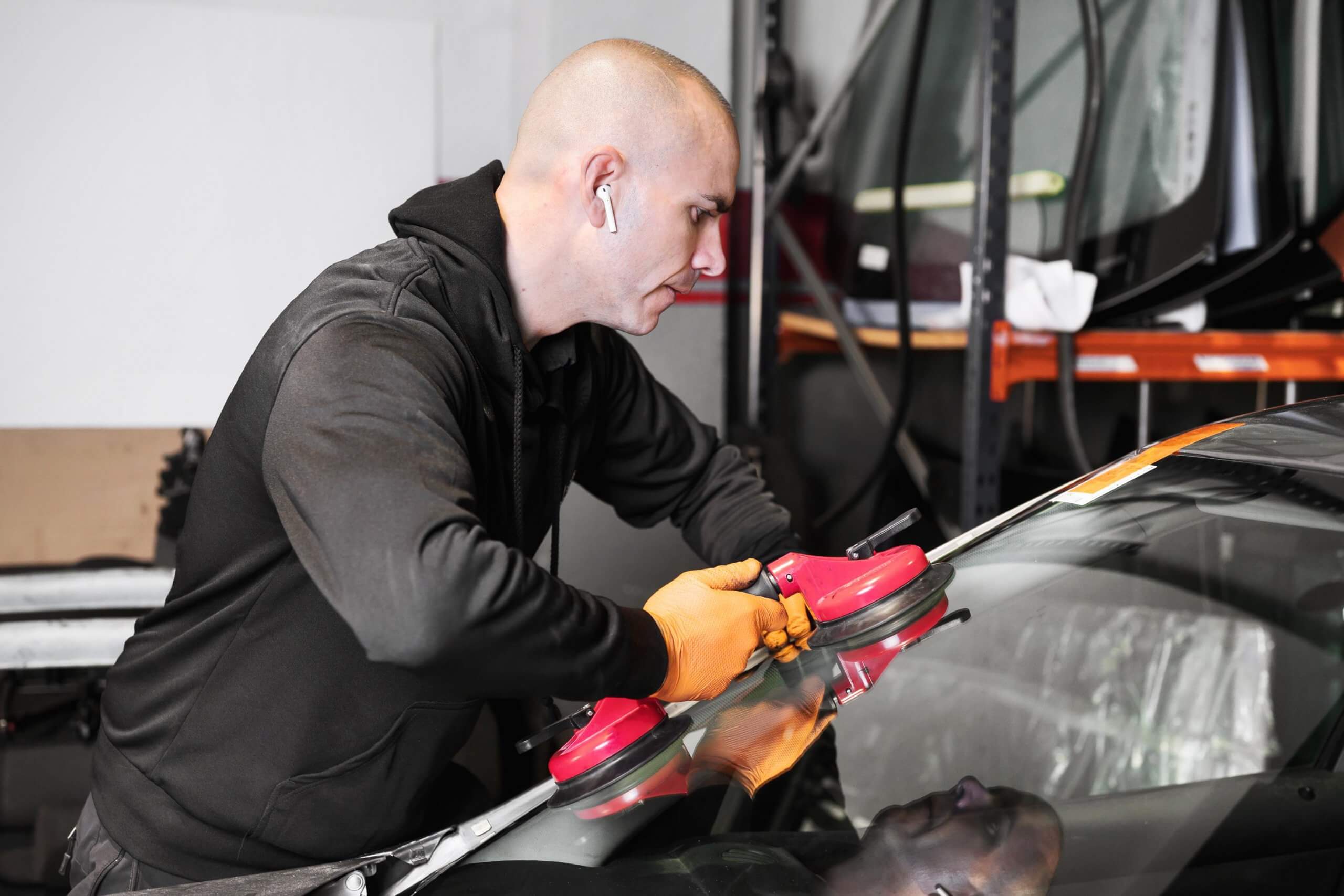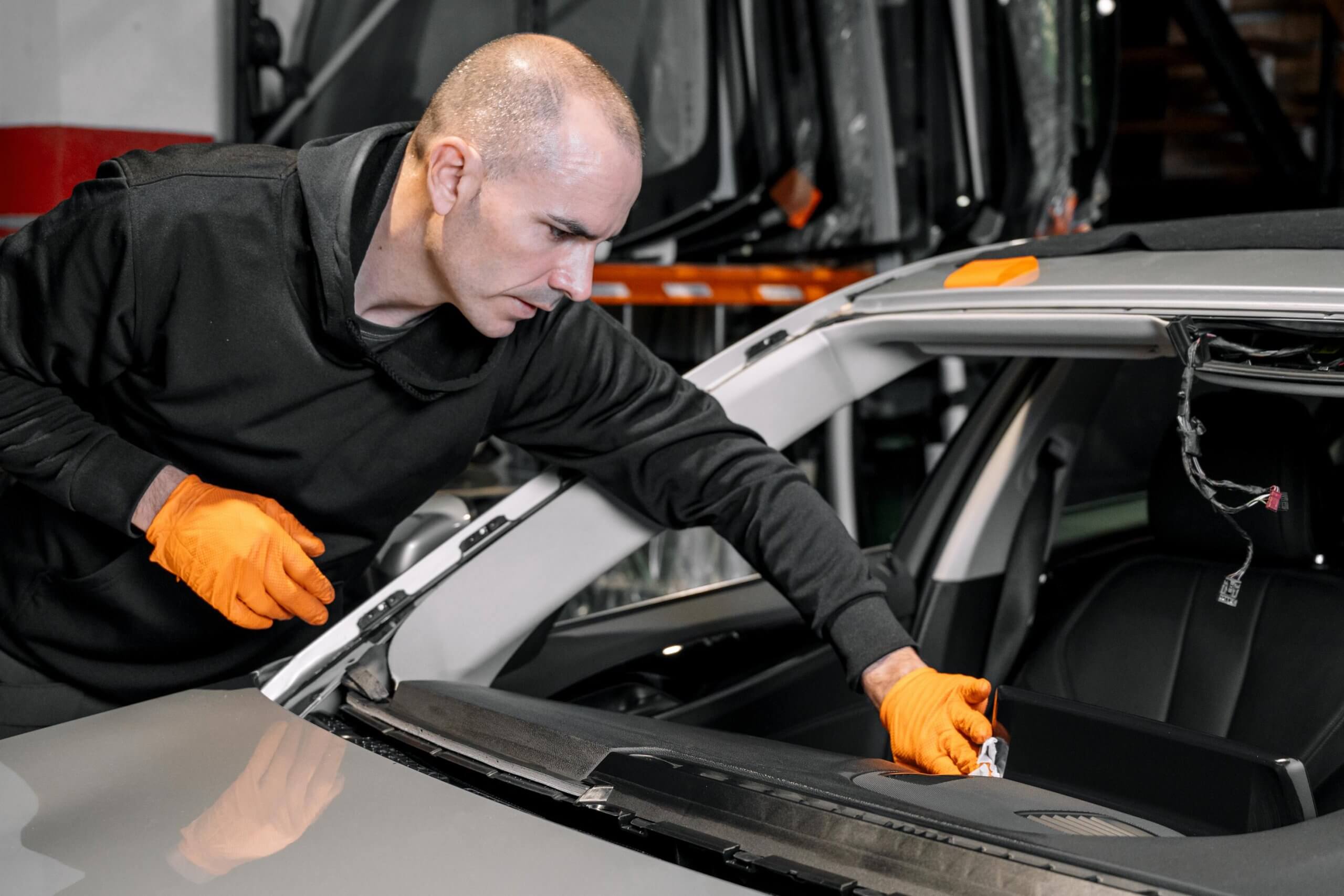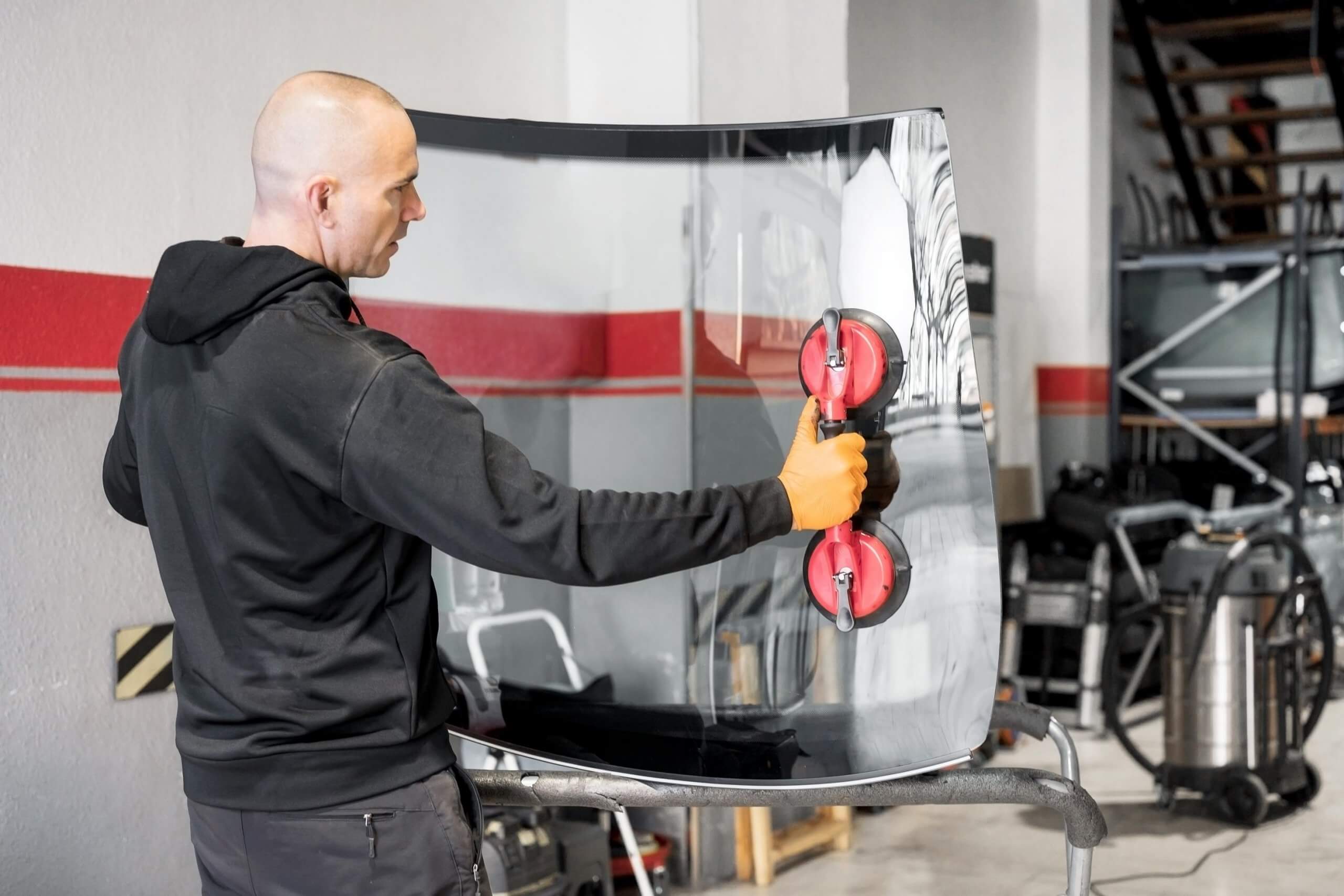Introduction
As a responsible vehicle owner, maintaining the integrity of your car’s windshield is crucial for both safety and aesthetics. From road debris to adverse weather conditions, windshields can sustain damage that requires prompt attention. Thankfully, many auto insurance policies offer coverage for windshield replacement. In this article, we’ll explore how to determine how do I know if my insurance covers windshield replacement, the different types of coverage available, and the steps to take if you need to make a claim.
Windshield repairs and replacements are generally included under the comprehensive coverage portion of an auto insurance policy. This type of coverage typically addresses damages to auto glass, including windshield repair, replacement, and vandalism claims. The extent of coverage can vary depending on the specific policy purchased and the guidelines set by the state. Comprehensive coverage ensures that such damages are managed effectively, providing vehicle owners with the necessary financial support to maintain the integrity and safety of their vehicles.
Determining whether your insurance covers windshield replacement involves a few key steps and considerations. Here’s a detailed guide to help you understand the process:
1. Review Your Insurance Policy
Why? The specifics of what your insurance policy covers are detailed in the policy document itself.
- Locate Your Policy Document: Whether it’s a physical copy or a digital one, have your policy document handy.
- Check the Coverage Section: Look for sections related to comprehensive coverage, as windshield replacement typically falls under this category.
- Look for Glass Coverage: Some policies have a specific clause for glass coverage which includes windshield repair or replacement.
2. Identify the Type of Coverage You Have
Why? Different types of insurance coverage provide different benefits.
Types of Coverage:
- Comprehensive Coverage: This generally covers non-collision incidents, such as theft, vandalism, and natural disasters, including windshield damage.
- Collision Coverage: This usually does not cover windshield replacement unless the damage occurred during an accident.
- Full Glass Coverage: Some policies offer a specific add-on for glass coverage that ensures any glass damage, including the windshield, is covered without a deductible.
3. Contact Your Insurance Provider
Why? Direct communication with your insurance company provides the most accurate and personalized information.
How?
- Call Customer Service: Use the customer service number on your insurance card.
- Ask Specific Questions: Inquire about your coverage details, deductible amounts, and the process for filing a claim for windshield replacement.
- Clarify Any Ambiguities: Ensure you understand if there are any limitations or exclusions in your policy.
4. Check for Deductibles
Why? Knowing your deductible is crucial to understand the out-of-pocket cost you might incur.
How?
- Review Your Policy: Check the sections related to deductibles.
- Ask Your Insurance Provider: Confirm if there is a specific deductible for windshield claims or if it falls under your general comprehensive deductible.
5. Understand the Claim Process
Why? Knowing the procedure helps in efficiently processing your claim without unnecessary delays.
How?
- Gather Necessary Information: Have details like your policy number, details of the incident, and any photos of the damage ready.
- File a Claim: Follow the instructions provided by your insurance company to file a claim. This can often be done online, via an app, or over the phone.
- Use Preferred Vendors: Some insurance companies have a network of approved repair shops that may offer direct billing.
6. Consider State Laws and Regulations
Why? State laws can affect your coverage and claim process.
How?
- Research Your State’s Insurance Laws: Some states require insurers to offer full glass coverage with no deductible.
- Ask Your Insurance Provider: They can provide details on how state regulations impact your coverage.
7. Evaluate Repair vs. Replacement
Why? Sometimes a repair might be sufficient and covered differently than a replacement.
How?
- Assess the Damage: Small chips or cracks can often be repaired rather than replaced.
- Ask About Coverage for Repairs: Confirm with your insurer if repairs are covered and under what conditions.
Conclusion
Windshield damage is an unfortunate reality of driving, but the financial burden of replacement or repair doesn’t have to be. By delving into your insurance policy and determining the extent of your glass coverage, you can be well-prepared to address windshield damage without unnecessary stress. Whether you have full glass coverage, comprehensive coverage, or no glass coverage at all, knowing where you stand empowers you to make the right choices when the need arises.
Understanding if your insurance covers windshield replacement involves a thorough review of your policy, direct communication with your insurance provider, and an awareness of your state’s laws. For those in need of windshield replacement in Phoenix, whether for personal vehicles, commercial fleets, or RVs, HighTech AutoGlass offers top-notch services. They provide seamless assistance with insurance claims, ensuring that your windshield repair or replacement process is hassle-free and efficient. Choose HighTech AutoGlass for your commercial windshield replacement and RV windshield replacement needs to ensure high-quality, reliable service every time.
Frequently Asked Questions
1. How do I check if my insurance covers windshield replacement?
Review your insurance policy document, specifically the comprehensive coverage section, or contact your insurance provider directly for detailed information.
2. What type of insurance coverage includes windshield replacement?
Comprehensive coverage usually includes windshield replacement. Some policies also offer specific full glass coverage, which covers windshield damage without a deductible.
3. What should I do if I need a windshield replacement in Phoenix?
If you’re in Phoenix, contact HighTech AutoGlass. They provide expert windshield replacement services and can assist with insurance claims to ensure a smooth process.
4. Does my insurance policy have a deductible for windshield replacement?
Check your policy document for deductible details. Confirm with your insurance provider if a specific deductible applies to windshield claims.
5. How can I file a windshield replacement claim with my insurance?
Gather necessary information like your policy number and incident details. Follow your insurance company’s instructions, which can typically be done online, via an app, or over the phone.
6. Are there different coverage options for commercial vehicles and RVs?
Yes, commercial windshield replacement and RV windshield replacement may have different coverage specifics. HighTech AutoGlass specializes in these services and can help navigate your insurance options.
7. What should I do if my windshield damage is minor?
Assess the damage. Small chips or cracks might be repairable. Confirm with your insurer if repairs are covered. HighTech AutoGlass can evaluate and recommend the best course of action for minor damages.

